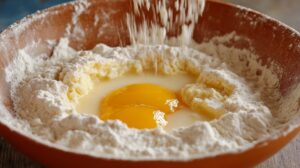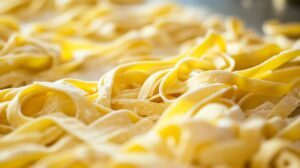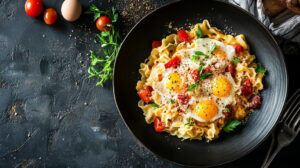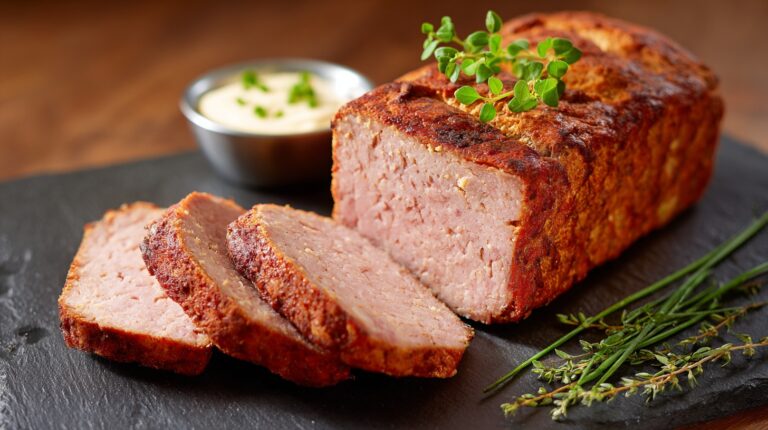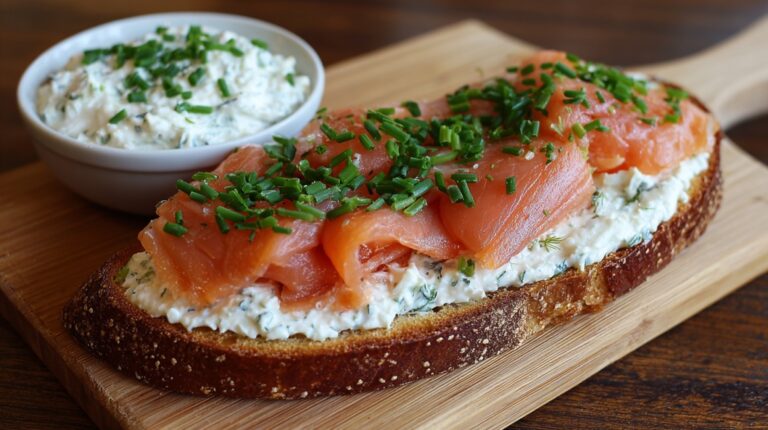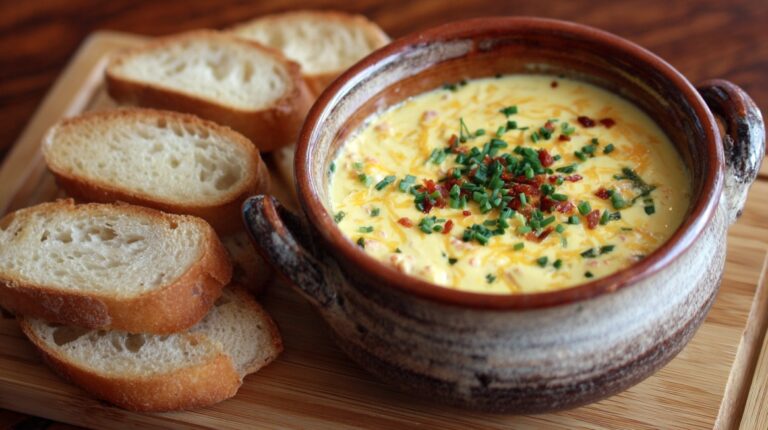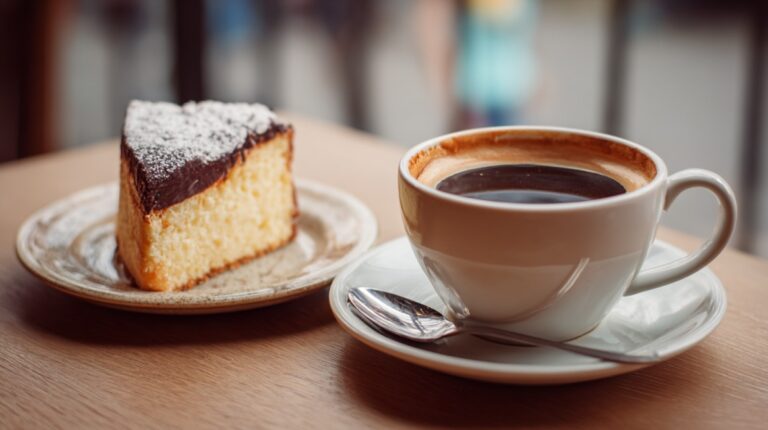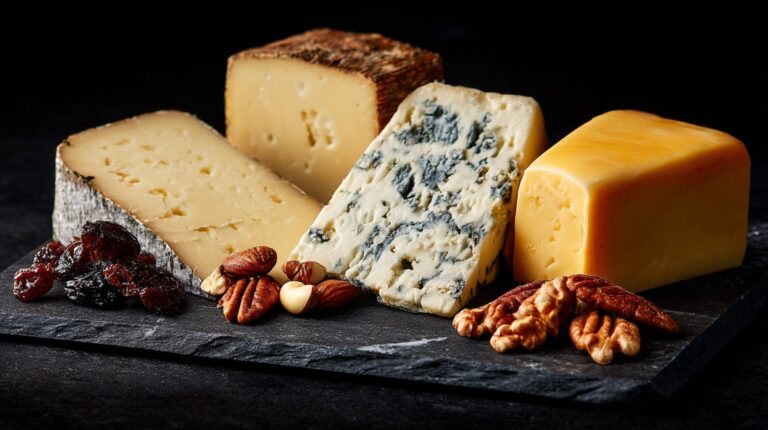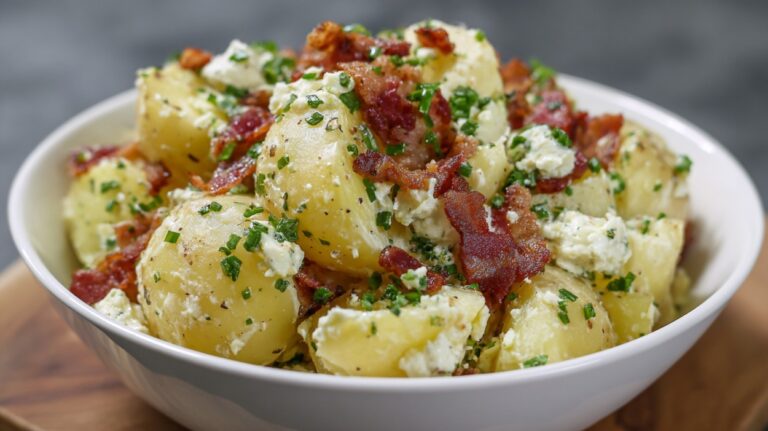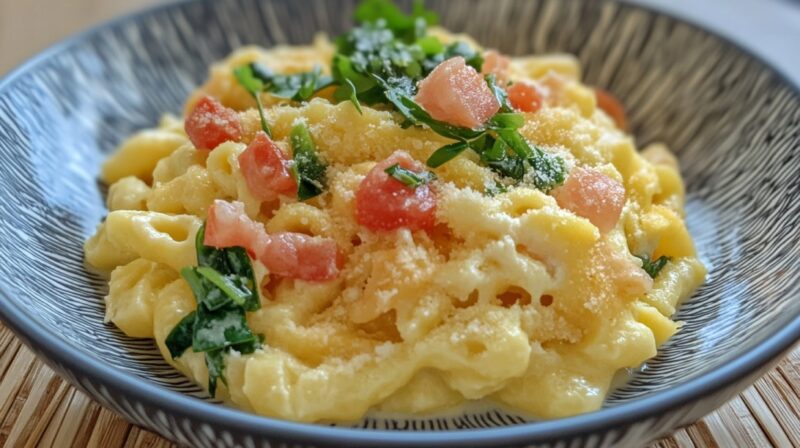
Spätzle (pronounced SHPAYT-sleh) is a traditional German egg noodle dish beloved for its soft, chewy texture and ability to soak up rich sauces.
Think of it as Germany’s answer to comfort food pasta: hearty, homey, and versatile.
Whether served as a side dish with sauerbraten, drenched in cheese like mac & cheese (Käsespätzle), or simply tossed in butter and herbs, Spätzle is a satisfying staple in Southern German, Austrian, and Swiss cuisines.
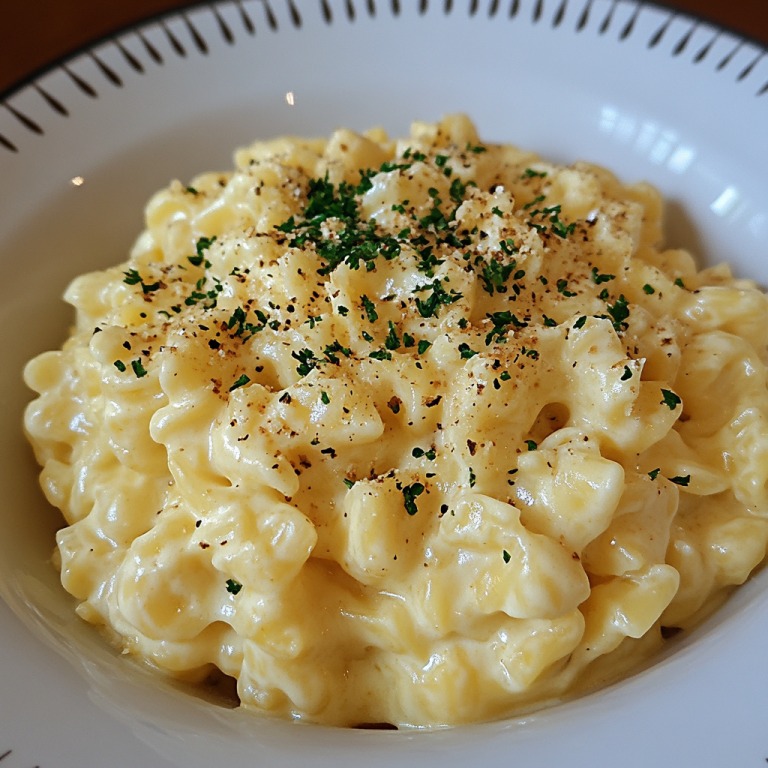
Spätzle - Germany’s Comfort Pasta
Ingredients
Method
- Make the Batter:In a large mixing bowl, whisk together flour and salt. Beat in the eggs, then gradually add milk while whisking, until you get a thick, sticky batter. The texture should be elastic and thicker than pancake batter.Let It Rest (Optional):Let the batter sit for 5–10 minutes to allow the gluten to relax. This helps with texture.
- Boil Water:Bring a large pot of salted water to a gentle boil.Form the Spätzle:Push the batter through a Spätzle maker or colander into the boiling water. If using a colander, place it over the pot and press the dough through with a spatula.
- Cook:Once the Spätzle float to the surface (after about 2–3 minutes), they’re done. Use a slotted spoon to remove them.Finish:Toss the cooked Spätzle in a little butter in a pan for flavor. Optionally, sprinkle with salt, pepper, or grated cheese.
Video
Notes
Cooking Tips
- No Spätzle maker? Use a potato ricer or push through a large-holed grater or slotted spoon.
- Flavor Boost: Add a pinch of nutmeg or chopped herbs like parsley or chives to the batter.
- Make it Cheesy: For Käsespätzle, layer freshly cooked Spätzle with grated Emmental or Gruyère and sautéed onions, then bake until bubbly.
- Freezable: Cooked and cooled Spätzle can be frozen for up to 2 months.
Egg-Free & Dairy-Free Spätzle Alternatives
Traditional Spätzle recipes rely heavily on eggs for their rich flavor and pliable texture. However, for those with dietary restrictions or preferences, there are excellent alternatives.
For an egg-free version, you can replace each egg with 1 tablespoon of ground flaxseed mixed with 3 tablespoons of water, letting it sit for 5 minutes to form a gel-like consistency.
While the result won’t be quite as elastic, it holds together well enough for boiling. You can also experiment with plant-based egg replacers available in stores.
For a dairy-free option, simply swap the whole milk with plant-based alternatives like oat milk or almond milk. Water works too, though it slightly reduces richness.
If you’re avoiding gluten, you can substitute the all-purpose flour with a 1:1 gluten-free flour blend that includes xanthan gum for structure. Another option is using a mix of chickpea flour and rice flour, which creates a slightly nutty, firmer Spätzle. Want to infuse more flavor directly into the batter?
Try adding grated Parmesan, minced garlic, or finely chopped herbs like parsley or chives. For a hearty twist, swap some of the flour with whole wheat flour for added fiber and a nutty undertone. These variations help customize the dish while staying true to its comforting, chewy roots.

Summary
Spätzle is a humble yet deeply comforting dish that captures the essence of German home cooking, simple ingredients, satisfying texture, and endless adaptability.
Whether you’re preparing it as a quick side for a meaty stew, turning it into a cheesy main course, or experimenting with modern twists like gluten-free or vegan variations, Spätzle is a dish that welcomes creativity.
Don’t be intimidated by the unfamiliar name or the idea of making noodles from scratch. With just a bowl, a few pantry staples, and a pot of boiling water, you’ll have a warm, pillowy batch of Spätzle ready in no time.
Enjoy the process, make it your own, and let this German classic become a new comfort food favorite in your kitchen.


